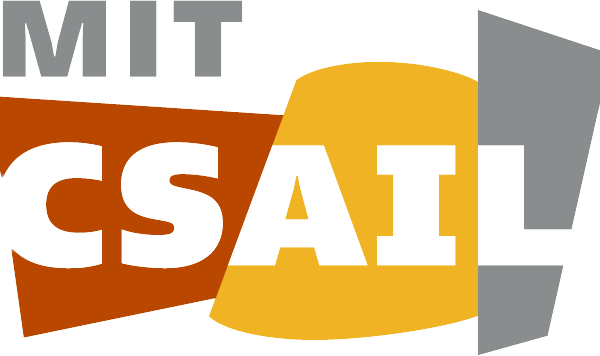Managing Your CSAIL Website Profile
One of the most common tasks all new CSAIL members have is getting their public profile on the CSAIL website, https://www.csail.mit.edu, filled out with biographical and bibliographical content. Here’s how to get started.
Log into the CSAIL website
Before you can make any changes to your personal profile, you must first have a record in the CSAIL Human Resources database. If your appoinment has not yet begun, or if you have not yet gotten your HR record for CSAIL set up through CSAIL HR, you’ll need to do that first.
Once you have an HR record, and HR has associated your CSAIL email address and your CSAIL user account username with that record, you will be able to log into the web site and edit your profile.
If you add content to your CSAIL website profile, then ask HR to change your email address in the HR database, ALL YOUR PROFILE CONTENT WILL BE RESET. Your HR profile should only contain your CSAIL email address. You can always forward your mail wherever you want.
You may log into the CSAIL website by going to the following URL:
https://www.csail.mit.edu/csail_login
This will take you to the CSAIL OIDC login page. Please use your CSAIL username and Kerberos password (not the same as your email password). Once you are logged in, you will be taken to your profile page. In the lower-right-hand corner of your profile page, you should see a set of buttons that alow you to view or edit your profile.
Editing your Profile
There are five sections in your profile that you can edit:
- Main
- Image
- Contact
- Metadata
- Publications
Main
The first six fields in the Main section are automatically provided by the CSAIL HR database and should not be changed. They are Full Name, CSAIL ID, First Name, Last Name, Title, and Role.
The Summary field can be a short description of who you are or what you do. Whatever you put in this field will act as keywords for search on the site.
The Description field is where you can put your bio, as well as embed videos or other external media. If you are only going to include text, you can leave the “Text format” for this field as-is. If you are going to embed a YouTube video or some other external media, you should change this format to “Full HTML”.
Finally, the Website field and the two subheadings URL and Link text can be used to link to your own external website. The URL is the actual URL of that website; the Link text field is the human-readable text that you want to be hyperlinked to your site URL.
Image
On the Image tab, you can supply two different pictures of yourself:
- Profile Page Image
- Card Image
The Profile Page Image is only displayed on your Profile page, and can include more than just your face; for example, you could include a picture of you posing with some component of your research, or your group members, etc.
The Card Image is your headshot that gets displayed on any search result page, or list-oriented displays on the site.
Both image types can be re-centered by clicking on the thumbnail previews on this edit page. You might want to re-center your image, for example, if part of your face is obscured by the circle cutout style that gets applied in some views on the site.
Contact
This tab lets you specify various ways for someone to get in touch with you. The first field, Contact Information Header, is the text that you want displayed on the popup screen for your contact info. Most people just use something simple, like “How to Contact Me.”
You can add a Contact Category by clicking the button with that label, if you want to support multiple audiences. For example, you might have one contact email address for potential students, but another address for potential study participants.
The next three fields are auto-populated from the CSAIL HR database and should not be changed - i.e., phone, room, and email.
The Assistant field allows you to specify another person who has your permission to edit your profile page. This might be your administrative assistant, a student, or anyone who has a website account.
Metadata
This tab lets you specify the areas of Research and Impact in which you are involved. These areas are used to group search results on some screens and allows website users to search for people, groups, and projects that are involved in a particular research or impact area.
Publications
This section is meant to provide highlight publications of yours (not a comprehensive bibliography). The easiest way to add publications is to click the “Add Publication” button and paste in the Bibtex-formatted reference for your work. This unfortunately has to be done one publication at a time; there is currently no bulk import mechanism.
However, the final field on this edit screen is a link for All Publications, which should be a web page with a complete bibliography of your publications.


